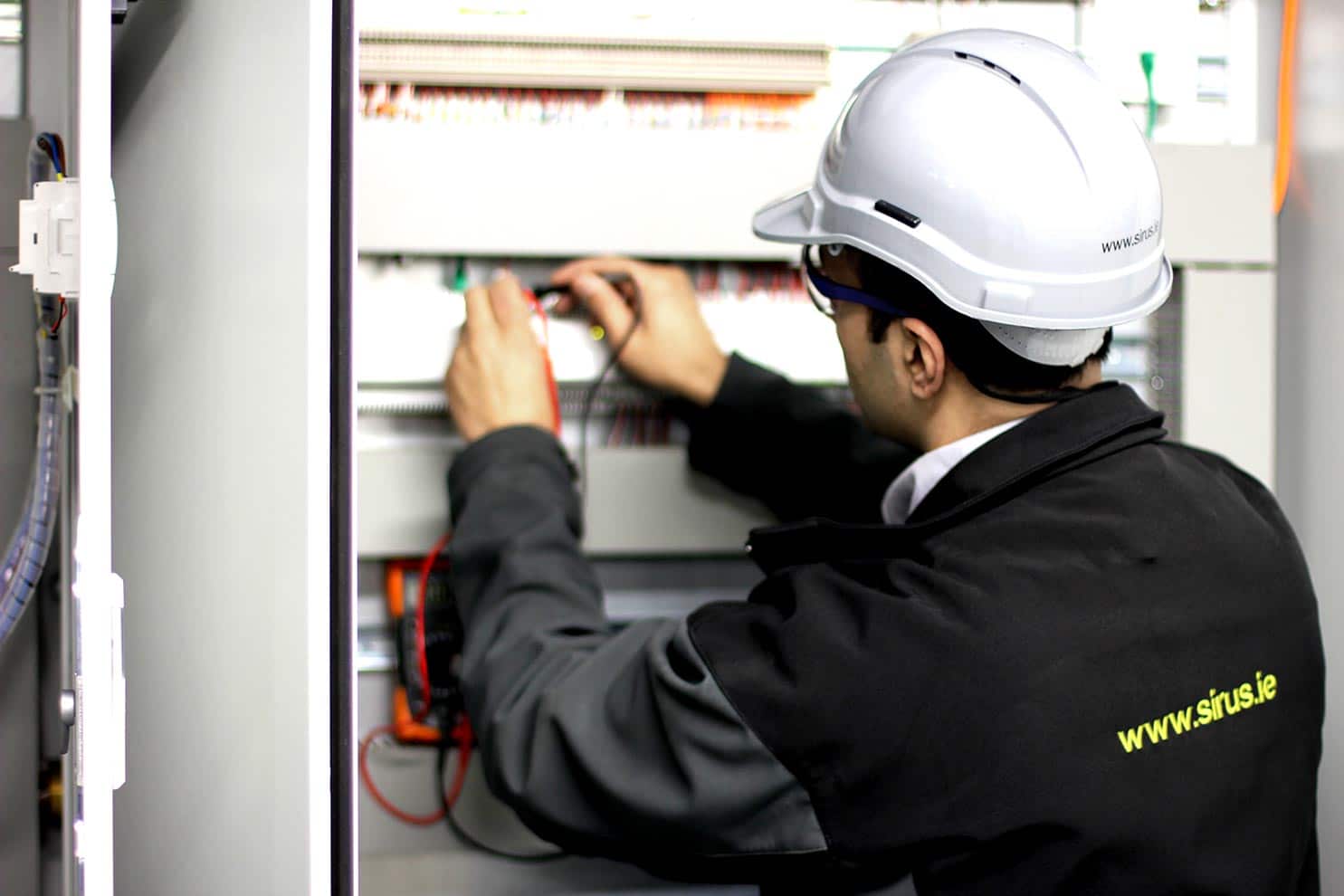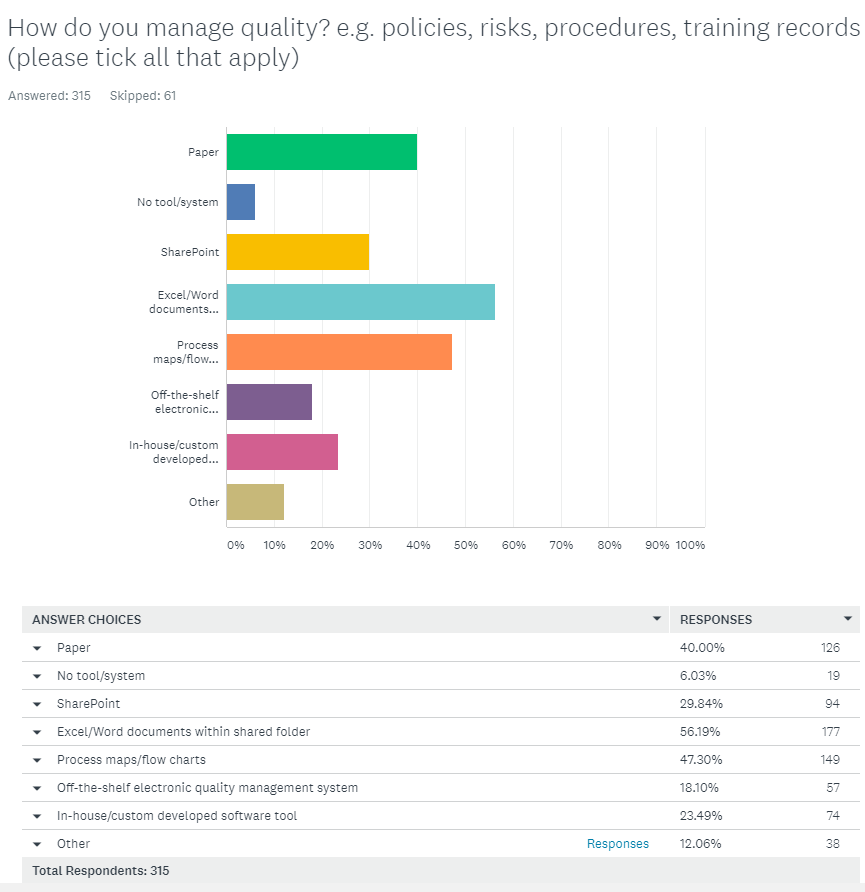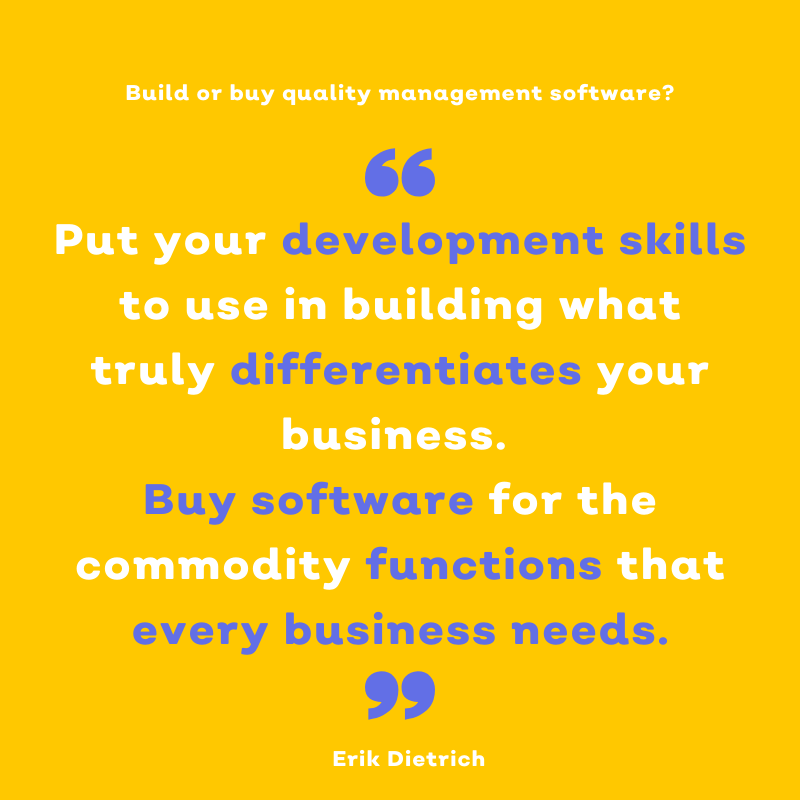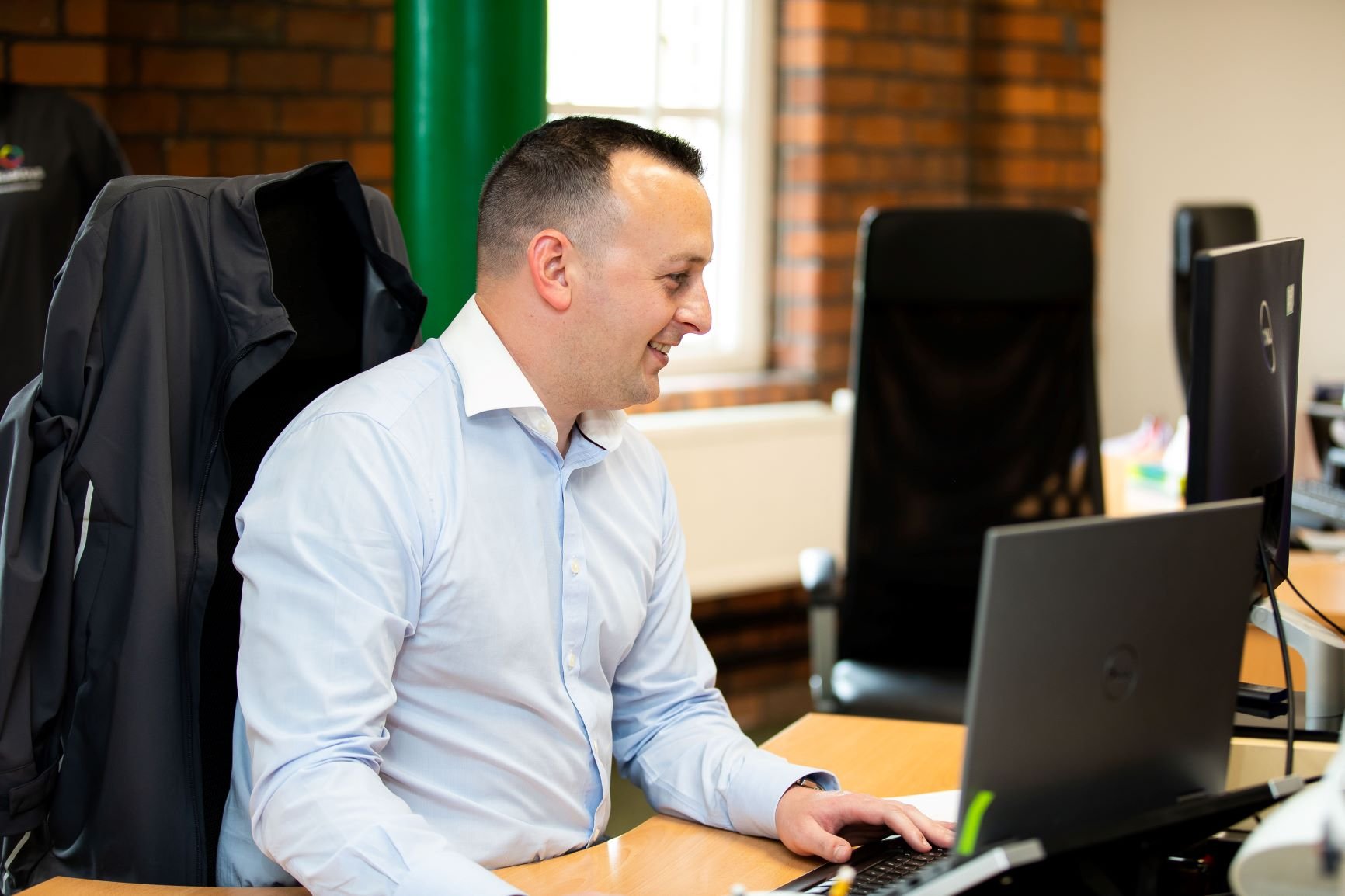Qualsys: How does a building, energy and HVAC management company like Sirus approach governance, risk and compliance?
Pauline: We are certified to ISO 9001:2015 and ISO 14001:2015, and we follow health and safety compliance regulations as well.
For our pharmaceutical customers, the extra level of compliance comes with GAMP; we are governed by GAMP 5, which is all about the validation of process from construction right through to the accredited drugs.

Every Sirus employee must demonstrate good automated manufacturing practice (GAMP) from start to finish of every pharmaceutical project
Qualsys: What about your cultural approach to quality?
Pauline: We are disciplined. That's how our culture has developed - we've learned how to become disciplined in our records such that we have traceability from day 1.
We've been quality-oriented since the company has been created, but we learned through our pharmaceutical projects to become more disciplined. Something we might once have recorded in a diary now becomes an official record.
We've learned to understand what the client wants, and for me it's all about ensuring the quality of what we do is at the same level all the time while meeting their expectations. At the same time the market is a cutthroat market, so we need to remain commercially competitive.
That's where the biggest difficulty is: yes, we can give them everything they want, but are we still competitive?

It was important that Sirus's electronic quality management project supported the company's balance of quality assurance and commercial competitiveness
Qualsys: We have about 17,000 quality professionals who read our blog. What would you recommend to those who operate in the pharmaceutical sector, or want to work with pharmaceutical clients?
Pauline: The best way to get in the market is to educate yourself about how your business can comply to pharmaceutical expectations; where your business sits in their lifecycle and what needs to be provided to become compliant.
For a company like Sirus, we go to training from pharmaceutical companies. I go every three years to GAMP training to make sure my knowledge is at the same level as the industry.
With compliance, you need to prove that your system is meeting client expectation - but this proof should remain as simple as possible.
Overdoing it - we were doing that ten years ago - has no added value for the validation process. As long as everything is line with expectations, as long as your records are clean and your traceability is open, you will comply.
With compliance, you need to prove that your system is meeting client expectation - but this proof should remain as simple as possible. Overdoing it has no added value for the validation process.
Sourcing an electronic quality management system
Qualsys: Why did you begin looking for an electronic quality solution?
Pauline: We were struggling to ensure that our circulating versions of procedures and templates were the latest and the greatest. People were saving documents on their desktop without checking for updates, so we were losing consistency.
The starting point was a standardised document set available for everybody.
Qualsys: How did you find the right vendor?
Pauline: I had twenty points I wanted to see. I started with ten vendors, reduced it to five, then ended up meeting three companies.
What played on the decision was how many points could be met by each company and how flexible the system could be in the future.
This process took about six months before I identified Qualsys as the one for us.
Qualsys: Why did you discount the others?
Pauline: Lack of flexibility. They were off-the-shelf solutions. Sometimes they didn't even understand what we were trying to achieve; "here you go, that's what you have". That's not what I wanted. I wanted to be able to develop the platform myself.

Sirus's engineers form a highly mobile and remote workforce; EQMS mobile access has eliminated inefficient 'back to base' auditing
Five ways to use EQMS you may not have thought of
I wanted to be able to develop the platform myself.
Qualsys's electronic quality management software has been developed since 1995 with a core focus on flexibility - allowing users to build bespoke quality management systems supported by their own additions, ideas and applications.
For this reason, Qualsys customers apply their modules in sometimes unexpected and unusual ways.
Pauline discusses Sirus's use of the system below.
1. Employee leave
Pauline decided to ditch absence management tools like TeamSeer and apply Qualsys's issue management module to handle employee leave, from maternity to force majeure.
Staff can raise an Issue detailing their leave request information, which is then assigned to the relevant line manager through an automated workflow.
After approval or rejection, the Issue is automatically passed onto HR and back to the employee, and recorded within the system.

2. PPE management
Like all employers, Sirus is responsible for purchasing, assigning and replacing personal protective equipment for its workforce.
As Health & Safety Manager, Pauline wanted greater visibility and control of Sirus's PPE assets - lost PPE costs UK businesses alone around £7m a year.
When we release PPE, we release an Issue at the same time to guarantee that the person received what we say they received.
By raising an Issue containing all equipment information at an employee's induction, Sirus can more effectively track and manage its physical assets, reducing the risk of loss and giving an accurate picture of each employee's asset pool.
3. Auditing everything
On a daily basis, EQMS users record and manage equipment lifecycle information with Equipment Manager and audit their quality management processes and procedures using Audit Manager.
Pauline took things a step further by taking advantage of Qualsys's customisable metadata fields to build micro-audits for all Sirus equipment and physical assets, from ladders to forklifts and harnesses.
With the cost of workplace accidents estimated at £5.6bn in the UK last year, combining top-level auditing with close inspection of physical equipment has allowed Sirus to enhance the health and safety of their workforce while mitigating financial and operational risk.
4. Gathering customer feedback...
Sirus's commitment to exceptional customer service has secured customers from Tesco to Bristol-Myers Squibb.
While some businesses rely on verbal feedback or NPS surveys to capture customer sentiment,
Once a project is done, we send the customer our own audit questions to complete, so they evaluate our quality performance and our health and safety management performance.
By giving customers access to Audit Manager and gathering their feedback with bespoke questions, Sirus's EQMS administrators can then instantly generate and export audit reports at the end of each project, giving an accurate picture of customer satisfaction and allowing areas of strength and weakness to be pinpointed and addressed.
5. ... and staff feedback
A true culture of quality embraces everyone in the business, from C-level to coalface, using company-wide feedback as the basis for continuous improvement.
So Pauline also uses Audit Manager to gather staff feedback, suggestions and ideas for areas such as training:
When we send an employee to external training, they'll have an audit to fill out on their training. The scoring is then passed onto the training supplier as feedback.
Sirus's HR department can therefore ensure staff are receiving appropriate and useful training from their suppliers, while giving their suppliers the feedback they need for the continuous improvement of their own service.

Further resources
Our customers achieve a lot using EQMS. Visit the case study library to read more examples of customer success.
Want to build your own culture of quality? Try our free toolkit.
Or try our free business case toolkit to take the first steps towards your electronic quality management project.










Share your thoughts on this article